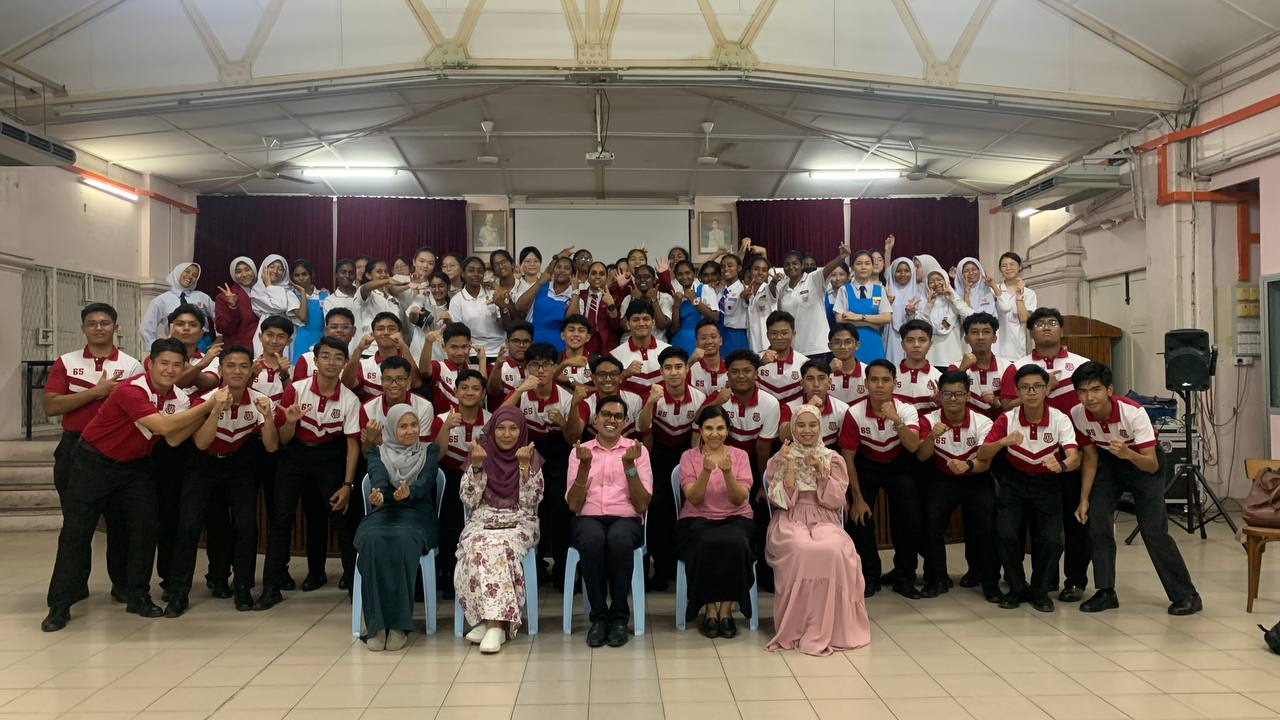I must admit, I have been slightly behind schedule with my writing lessons, but I have managed to squeeze in three sessions so far. This week, however, I decided to take a different approach and integrate AI into my Form 5 writing lesson. The task was based on Unit 2 from English Download, where students had to write a short story, incorporating both a map and a surprise message. Since I had secured eight smartphones for classroom use, I divided the students into eight groups, assigning one device per group.
We kicked off the session with a brainstorming activity. Each group was tasked with drafting a suitable plot for their story within 15 minutes. After their initial discussions, groups presented their plots to me for feedback.
The next step was where ChatGPT came into play. Students were given 30 minutes to utilise the AI tool to enhance their ideas. Their goal was to explore creative ways to elevate their stories to a B2 mid level, focusing on key storytelling elements. These included structuring their narrative effectively, enriching vocabulary, using direct speech, and engaging the five senses to bring scenes to life.
For instance, if a group initially wrote,
"He walked through the door inside the house,"
they were encouraged to elevate this sentence by adding vivid descriptions and sensory details. Instead of the basic version, they could write something like,
“He pushed open the creaking, weathered oak door, its rusty hinges groaning in protest, and stepped into the dimly lit hallway where the scent of damp wood and old paper filled the air.”
Using ChatGPT, students researched how to describe the door’s appearance – was it cracked, ornate, heavy, or splintered? – and how to set the atmosphere inside the house. Was it cold and silent, warm and inviting, or eerie with flickering shadows? They were also guided to weave in sensory details, such as the musty smell lingering in the air or the chill that brushed against his skin as he entered.
I reminded them to stick to British spellings and to be mindful of their usage since the free version on their DELIMA accounts limited them to fifteen attempts. To support them, I also shared sample prompts and guided them on how to structure queries to get better responses from ChatGPT.
Once the AI research was done, students translated their findings into mind maps on A3 paper, which they presented briefly (around two minutes per group). I listened to their ideas, provided corrections where necessary, and then set them off on their final task – writing the full story. They were given forty minutes to complete and submit their essays.
What I can reflect from this session was how ChatGPT, when used in a controlled and guided manner, streamlined the lesson planning process for me. I did not need to spend as much time preparing vocabulary lists, grammar notes, or brainstorming examples as I usually do.
More importantly, this approach fostered learner autonomy. Students actively explored, experimented, and learned from their research using AI. It encouraged them to think critically about their writing and to collaborate effectively within their groups. The integration of ChatGPT also brought an element of excitement and novelty to the classroom, which boosted their engagement.
Combining AI tools with traditional classroom strategies proved to be a meaningful step towards promoting research-based learning and enhancing students' writing skills.










